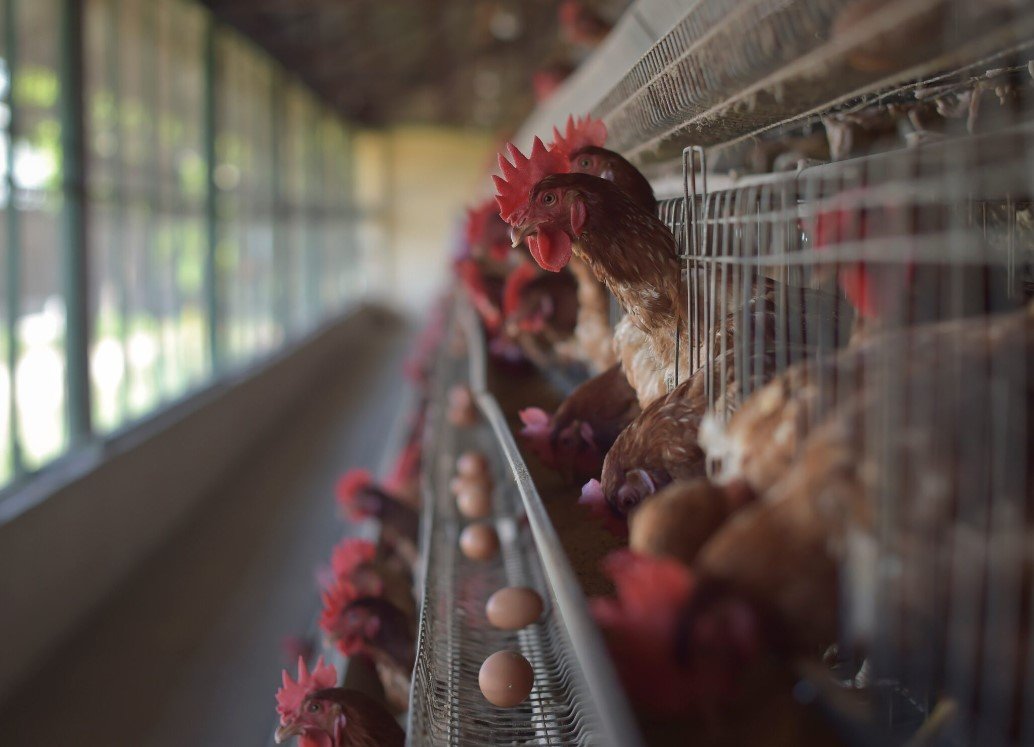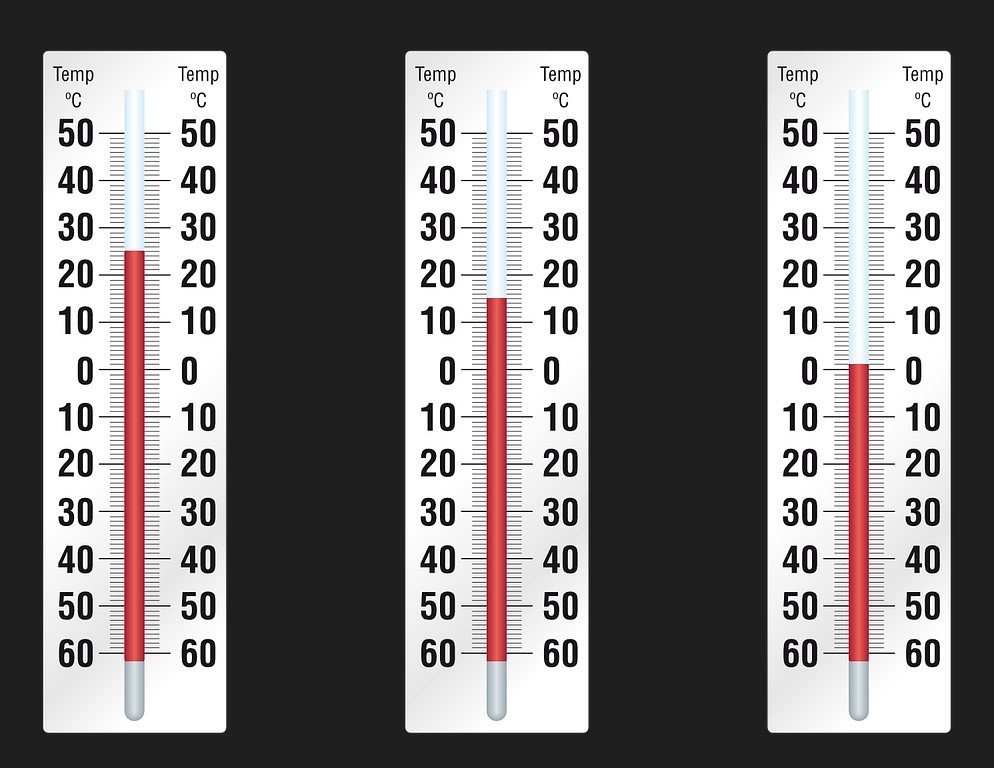As a seasoned nutritionist, I’ve encountered many food myths and misconceptions throughout my career. One of the most common debates revolves around pizza and its classification as junk food. Is pizza considered junk food? This article aims to answer this question and provide valuable insights into the world of pizza and its impact on your health.
So, why is pizza often labeled as junk food? The high calorie, fat, and sodium content typically found in pizza can contribute to health problems if consumed excessively. However, it’s crucial to understand that not all pizzas are created equal, and there are healthier alternatives available. By following the advice in this article, you’ll learn how to make informed decisions about your pizza consumption and incorporate it into a balanced diet. Keep reading to discover the truth behind the pizza-junk food myth and how you can enjoy this delicious treat without compromising your health.
What is Pizza and Its Common Ingredients?
Pizza is a popular dish consisting of a yeasted flatbread typically topped with tomato sauce, cheese, and various other ingredients. Originating in Italy, pizza has become a global phenomenon, with countless variations and adaptations to suit different tastes and dietary preferences. The most common ingredients found on pizza include mozzarella cheese, tomatoes, onions, peppers, mushrooms, olives, and various meats such as pepperoni, sausage, and ham.
In addition to the traditional toppings, many specialty pizzas feature unique combinations of ingredients, such as barbecue chicken, Hawaiian (ham and pineapple), and veggie supreme. The crust, which can be thin and crispy or thick and doughy, also plays a significant role in the overall taste and texture of the pizza. Some pizza enthusiasts even experiment with alternative crusts made from cauliflower, whole wheat, or gluten-free flour to cater to specific dietary needs.
According to recent statistics, approximately 3 billion pizzas are sold in the United States each year, with the average American consuming about 46 slices annually. This widespread popularity highlights the importance of understanding the nutritional content of pizza and its potential impact on health.
The Nutritional Breakdown of a Typical Pizza
The nutritional content of a pizza varies depending on the ingredients used, crust type, and serving size. Generally, a slice of pizza contains a significant amount of calories, fat, and sodium. For instance, a single slice of a large pepperoni pizza with a regular crust can have around 300 calories, 12 grams of fat, 700 milligrams of sodium, and 14 grams of protein.

Is Pizza Considered Junk Food? Debunking the Myth
Although pizza is often high in calories, fat, and sodium, it can also provide essential nutrients such as protein, calcium, and vitamins from cheese, vegetables, and meat toppings. However, the nutritional value of a pizza can be significantly reduced when loaded with processed meats or excessive amounts of cheese.
It’s important to keep in mind that not all pizzas are nutritionally equal. Some variations, such as thin-crust pizzas with vegetable toppings, can be healthier options compared to thick-crust pizzas loaded with processed meats and extra cheese. By understanding the nutritional breakdown of different pizza types, you can make more informed choices about your pizza consumption and its impact on your overall health.
Comparing Pizza to Other Junk Foods
When comparing pizza to other junk foods, it’s important to consider the nutritional content and potential health impacts of each food item. Junk food typically refers to foods that are high in calories, fat, sugar, and salt but low in essential nutrients such as vitamins, minerals, and fiber. Examples of common junk foods include fast food burgers, fried chicken, chips, and sugary beverages.
Compared to these junk food items, pizza has the potential to offer more nutritional benefits, especially when made with healthier ingredients and preparation methods. For example, a slice of pizza topped with vegetables can provide vitamins and fiber, while a fast-food burger or fried chicken might lack these essential nutrients. However, pizza can still be classified as junk food when it’s loaded with processed meats, excessive cheese, and a thick, calorie-dense crust.
Pizza can fall into the junk food category depending on its ingredients and preparation. By being mindful of your pizza choices and opting for healthier alternatives, you can enjoy pizza as part of a balanced diet without the negative health consequences associated with traditional junk food.
How to Choose Healthier Pizza Options
When it comes to enjoying pizza without compromising your health, making smarter choices about the ingredients and preparation methods can make a significant difference. By selecting healthier options, you can still indulge in your favorite dish without feeling guilty or jeopardizing your well-being. Here are some tips on how to choose healthier pizza options:
Firstly, opt for a thin crust instead of a thick, doughy one. Thin crusts generally contain fewer calories and carbohydrates, making them a better choice for those looking to maintain a healthy diet. Additionally, choosing whole wheat or whole grain crusts can provide added nutrients and fiber.
Secondly, be mindful of your toppings. Load up on fresh vegetables like bell peppers, onions, mushrooms, spinach, and tomatoes, which not only add flavor but also provide essential vitamins, minerals, and fiber. When it comes to meat, select lean protein options such as grilled chicken or turkey instead of processed meats like pepperoni and sausage, which tend to be high in fat and sodium.
Lastly, limit the amount of cheese on your pizza or opt for a reduced-fat version. Cheese is a major source of calories, fat, and sodium in pizza, so moderating your cheese intake can significantly improve the nutritional profile of your meal. You can also consider adding a sprinkle of nutritional yeast for a cheesy flavor without the added calories and fat.
By following these guidelines, you can make more informed choices about your pizza consumption and enjoy this popular dish as part of a balanced diet.
Making Your Own Nutritious Pizza at Home
Preparing your own pizza at home allows you to have complete control over the ingredients and nutritional content of your meal. By using fresh, wholesome ingredients and making mindful choices about toppings and crust, you can create a delicious and nutritious pizza that fits within your healthy eating plan.
One of the easiest ways to make a healthier pizza is by using whole wheat or whole grain flour for the crust. This not only adds more nutrients and fiber to your meal but also gives the crust a delightful, hearty flavor. Alternatively, you can experiment with cauliflower or gluten-free crusts if you’re looking to reduce carbohydrates or cater to specific dietary needs.
When it comes to toppings, opt for a homemade tomato sauce made from fresh tomatoes, garlic, and herbs instead of store-bought versions that can be high in sodium and added sugars. Load up on a variety of colorful vegetables, such as bell peppers, spinach, mushrooms, and cherry tomatoes, to boost the nutritional value of your pizza. For protein, choose lean meats like grilled chicken or turkey, or even try plant-based alternatives such as tofu or tempeh. Finally, use reduced-fat cheese or nutritional yeast to add a cheesy flavor without excessive calories and fat.
Balancing Pizza Consumption with a Healthy Lifestyle
Enjoying pizza in moderation while maintaining a healthy lifestyle is possible by making informed choices and incorporating physical activity into your daily routine. It’s essential to understand that you don’t have to completely eliminate pizza from your diet; instead, focus on consuming it mindfully and selecting healthier options when possible.
To balance your pizza consumption, aim to incorporate a variety of nutrient-dense foods into your meals, such as fruits, vegetables, whole grains, lean proteins, and healthy fats. This will not only help you meet your nutritional needs but also prevent overindulging in less healthy food options like pizza. Additionally, staying active through regular exercise can help counteract the potential negative effects of occasional indulgence in pizza and other high-calorie foods.
In summary, striking a balance between pizza consumption and a healthy lifestyle involves making mindful choices about ingredients, portion sizes, and overall dietary habits. By embracing this approach, you can continue to enjoy pizza without letting it derail your health and fitness goals.
Conclusion
Pizza is a beloved dish enjoyed by millions worldwide, and understanding its nutritional content and potential health implications is essential for making informed choices. By opting for healthier pizza options, incorporating a variety of nutrient-dense foods into your diet, and maintaining an active lifestyle, you can continue to enjoy pizza while supporting your overall health and well-being.
So, go ahead and savor your favorite pizza, but always remember to make mindful choices and maintain balance in your diet. This approach will not only keep you healthy but also allow you to indulge in the deliciousness of pizza with a smile on your face.
Frequently Asked Questions
[faq-schema id=”1172″]
















